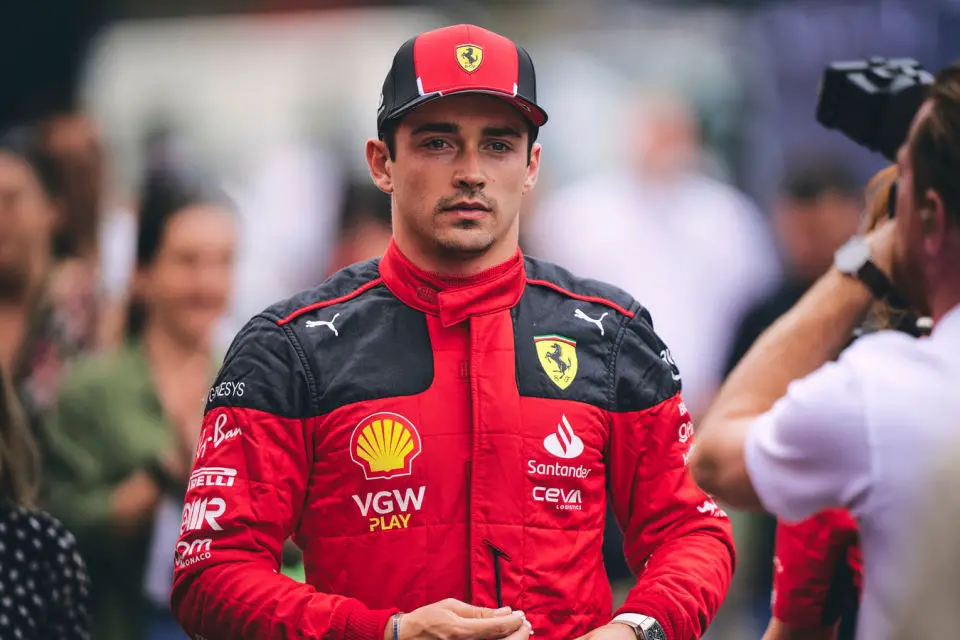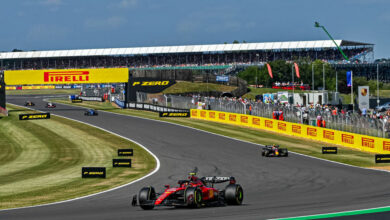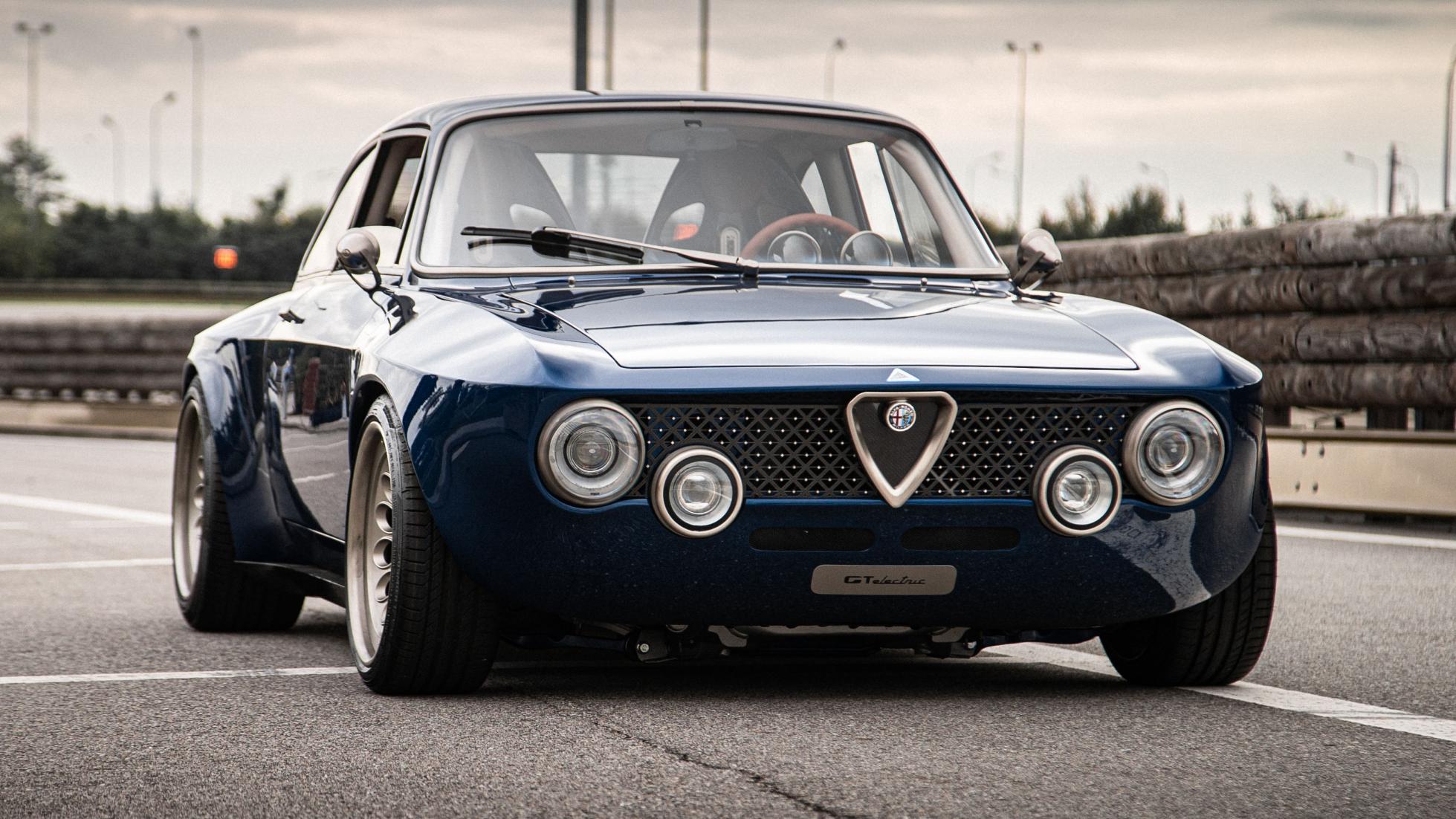Charles Leclerc Opens Up About Controversial Dutch GP Pitstop Decision
In a revealing post-race interview, Charles Leclerc admitted to making a last-minute call for a pitstop at the Dutch Grand Prix. This decision, initially attributed to the Ferrari team, led to a chaotic scenario, impacting Leclerc’s race performance.
Key Takeaways:
- Charles Leclerc confirmed that the decision to pit during the early stages of the Dutch GP was his own, not the team’s. This clarification came after fans and commentators criticized Ferrari for what seemed like a disorganized pit strategy.
- The sudden rain at Zandvoort forced drivers and teams to make rapid strategic decisions. Leclerc’s call for intermediates caught the Ferrari team off guard, resulting in a frenzied search for the right tyres.
- Leclerc faced further challenges during the race, including significant damage to his SF-23, leading to performance issues and eventual retirement from the race.

In a candid interview following a tumultuous Dutch Grand Prix, Ferrari driver Charles Leclerc took responsibility for the controversial pitstop that had many questioning the team’s strategy. As the race commenced under changing weather conditions, Leclerc’s decision to switch to intermediate tyres was a pivotal moment that defined the team’s race day.
The onset of rain just as the race began created a scenario requiring quick and decisive action. Leclerc’s call, made in the heat of the moment, was aimed at gaining a strategic advantage, though it backfired due to the lack of preparation. He explained his reasoning, stating, “Yeah, I did call for it in the last corner, so very late.” Leclerc believed that any time lost during the pitstop would be quickly regained on the track.
Despite his anticipations, the decision led to a frantic scene in the Ferrari pit, as the crew scrambled to provide the intermediate tyres. This miscommunication highlighted the need for better preparedness in similar future situations, as Leclerc suggested, “But, apart from that, I think the right choice.”
The race further soured for Leclerc as he encountered damage to his car, significantly affecting his performance. Describing the extent of the damage, he said, “Then we realized that it was more than 60. And more than 60 is a different category.” This damage was a critical factor in his inability to fend off competitors and ultimately led to his retirement from the race.
Leclerc’s transparency in taking blame for the pitstop decision marks a significant moment of self-reflection and accountability. It not only clears the air over the perceived strategic blunder but also underscores the complex decisions drivers face under pressure. As Ferrari and Leclerc look ahead, lessons from the Dutch GP will undoubtedly influence their approach in future races, emphasizing the need for agility and clear communication in the heat of competition.


